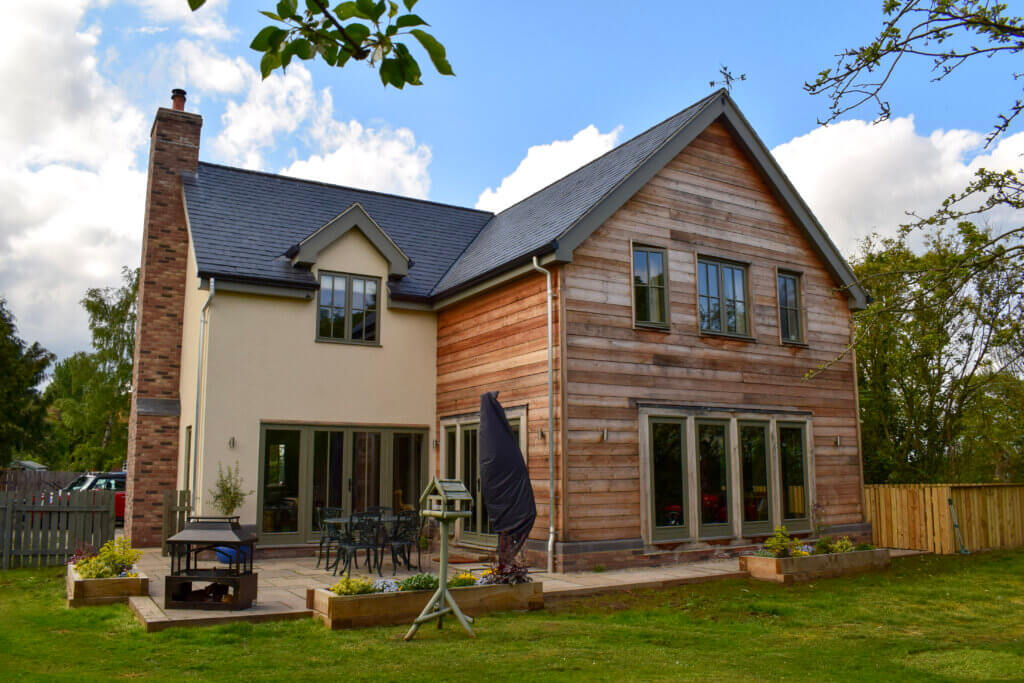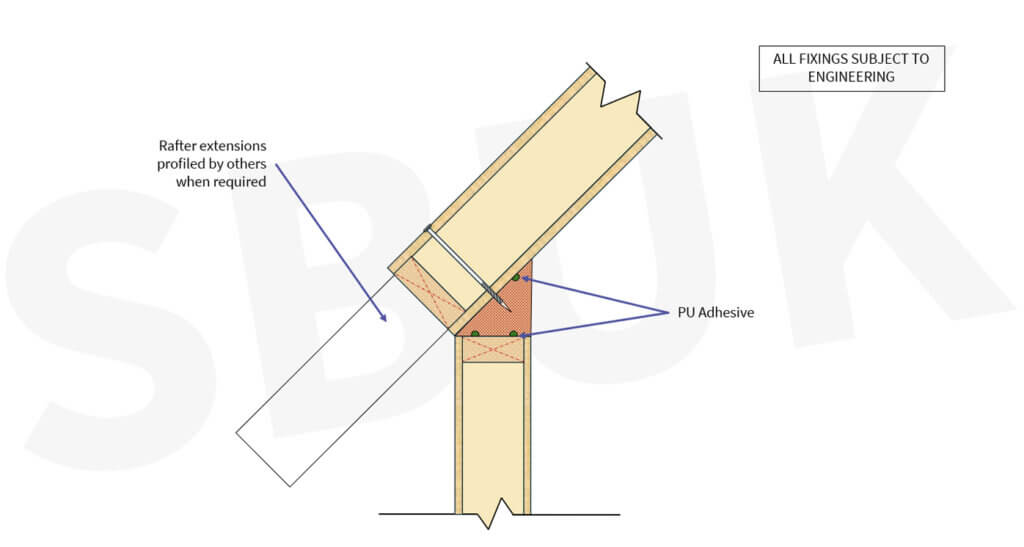What Are SIPs
What are SIPs?
SIPs, or Structural Insulated Panels
SIPs are a composite panel made up of two sheets of OSB/3 (oriented strand board) which sandwiches a rigid thermoset polyurethane (PUR) insulation core forming an autohesive bond. The OSB/3 provides rigidity and strength while the PUR provides insulation. See SIPs Specifications
Other insulants such as Expanded Polystyrene (EPS) and extruded polystyrene (XPS) are also used however these SIP panels need additional adhesive to bond the insulation sheets to the OSB and by nature these insulants are not as thermally efficient as PUR.
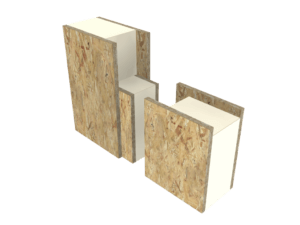 SIPs are a “Fabric First” approach which integrates with a number of different building systems to provide a full super-structure. (This should include intermediate floors, internal walls, roofs and additional structure such as steel / glulam.
SIPs are a “Fabric First” approach which integrates with a number of different building systems to provide a full super-structure. (This should include intermediate floors, internal walls, roofs and additional structure such as steel / glulam.
SIPs are manufactured under factory-controlled conditions to exacting quality-controlled standards (QC). The offsite fabrication means that your weatherproof super structure can be complete just a few days after the ground floor slabs are ready to receive them.
SIP (SBUK) panels are available in 5 thicknesses, these being 125mm, 150mm, 175mm, 200mm and 225mm thick. The panels are typically 1200mm wide and can be as long as 7.5 metres in length to suit each individual project. See performance chart link
SIPs are fabricated using timber from sustainable sources. SIPs use less timber than traditional timber frame systems and are one of the most economical and eco friendly forms of construction. The OSB facings are responsibly sourced (PEFC or FSC) and the PUR insulation core has an Ozone Depletion Potential (ODP) rating of zero and has a low Global Warming Potential (GWP).
The high strength to weight ratio of SIP Panels allows large sections of your building to be fitted at once, speeding up the time required on site for erection. The Offsite fabrication reduces waste and also helps reduce embodied and transport energy.0
Benefits of SIPs
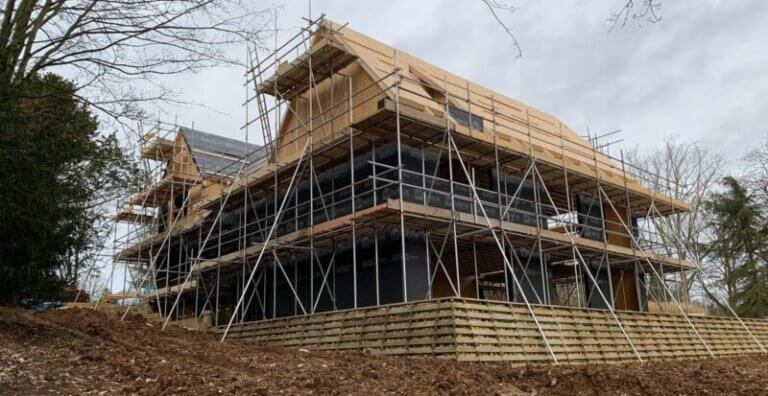
Program Predictability –
With years of experience installing SIPs it is relatively easy to predict a build program for SIPs. With much of the work undertaken in factory conditions, the unpredictability of the weather is massively reduced against traditional construction. This has the added benefit of allowing for follow on trades to be aligned with the SIP program, further enhancing the predictability and efficiency of the overall construction program.
Minimum defect building –
Panels are engineered to exacting tolerances and as a result they fit precisely together helping the follow on trades with a smooth transition.
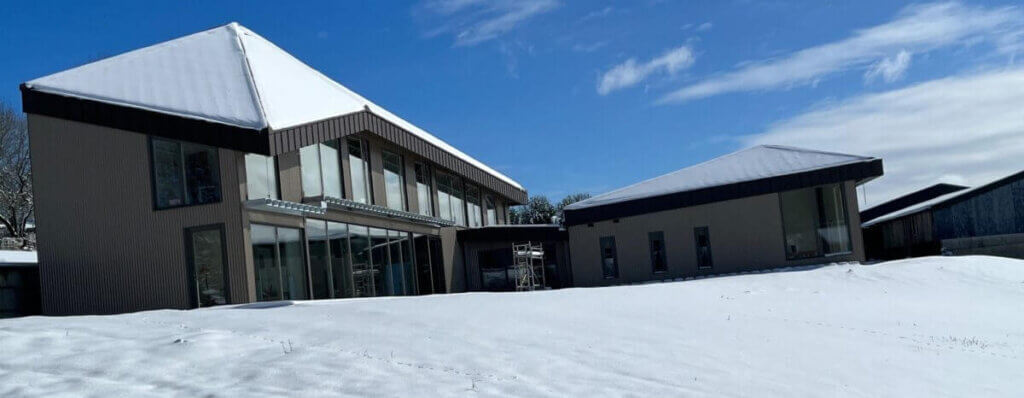
Lower heating bills –
The highly insulative properties of SIPs combined with the airtight nature of SIPs help reduce the gaps of traditional buildings where much heat is lost. The use of Mechanical Ventilation and Heat Recovery systems (MVHR) recirculate any heat created whilst introducing clean air.
2-4 weeks on site –
Standard SIP houses can be erected in as little as 10 days but typically we would expect a simple structure to take around 3 weeks.

Easy Transition for 1st fix trades –
The use of metal open web joists (MOW) helps to maximise the efficiencies of follow on trades as they lay pipework, ductwork and cables through the intermediate floor zone. MOW joists provide easy sight of the pathways being used, require no notching of the joist itself and offer a greater performance than traditional joists which ultimately means the building performs better.
Easier 2nd fix –
A SIP building is built to tight tolerances meaning that doors, windows and 2nd fix joinery items are installed easier. The need for extensive packing and scribing often required with traditional wet trade construction is eliminated or at the very least minimised.
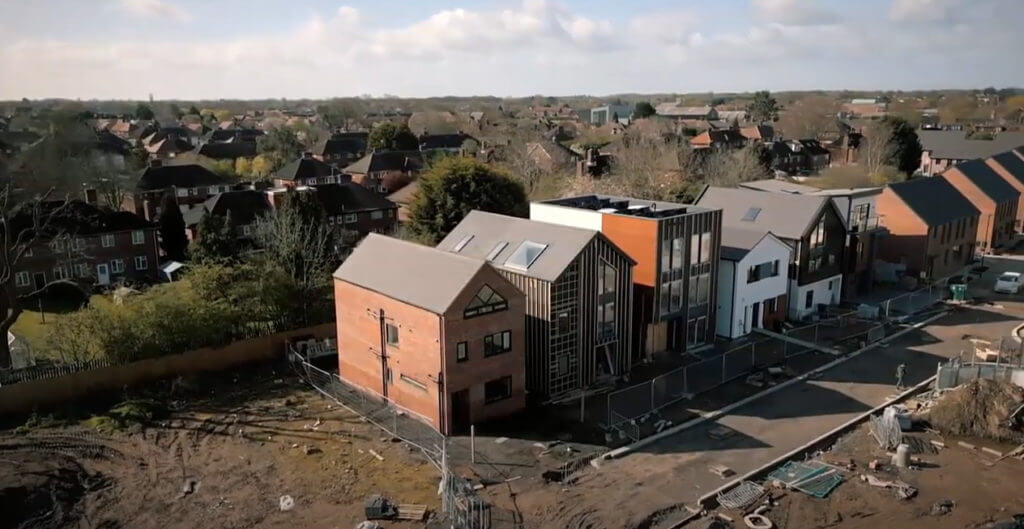
Structurally Solid and Strong –
Exceptionally durable and sturdy: Research on extreme weather conditions and seismic events shows that Structural Insulated Panels (SIPs) significantly surpass both timber frame and brick-and-mortar homes in performance. This evidence establishes SIPs as a dependable, long-lasting construction option, providing structural stability and reassurance to homeowners.
Thermally efficient & sustainability –
SIPS give you real control over your living environment and dramatically reduce your heating bills.
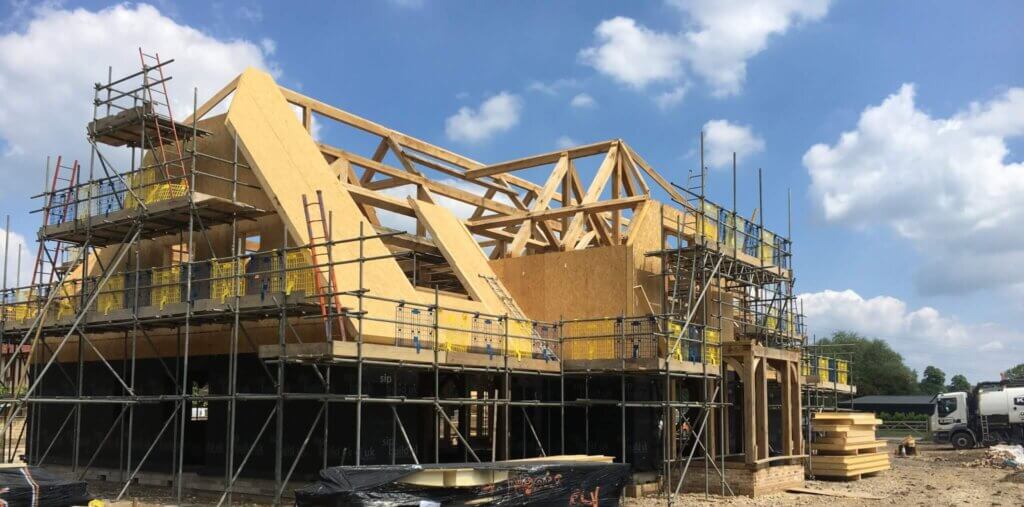
Simplified Site works –
The use of SIPs limits the number of trades that are required on-site during the erection of the Superstructure. This tends to lead to less vehicle movements, invoices and interfaces where items can go wrong. The reduced site movements and less wet trades should also lead to a cleaner safer site (Better health and safety). This should ultimately lead to a better product being delivered.






- SIP buildings are very strong
- Precision engineered
- Minimal waste
- Less waste to landfill
- OSB sustainably sourced
- 35% reduction in timber used
- Predictable
- Incredible speed of erection
- Lightweight
- Dimensionally stable
- Thermally efficient
- Airtight
Standard Details Of SIP Build SIPs
Useful Links
www.bbacerts.co.uk
The BBA is the UK’s major authority offering approval and certification services to manufacturers and installers supplying the construction industry.
BRE helps government, industry and business to meet the challenges of our built environment. Today’s need to combat climate change, and the significant economic and social issues we now face, are no exceptions
www.nhbc.co.uk
NHBC (National House-Building Council) is the leading warranty and insurance provider and standards setter for UK house-building for new and newly converted homes.


